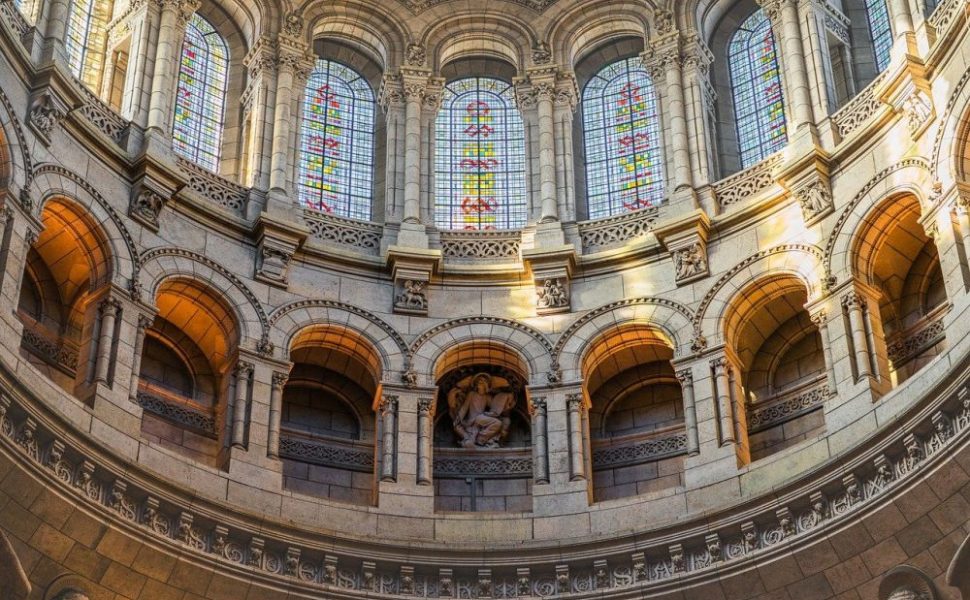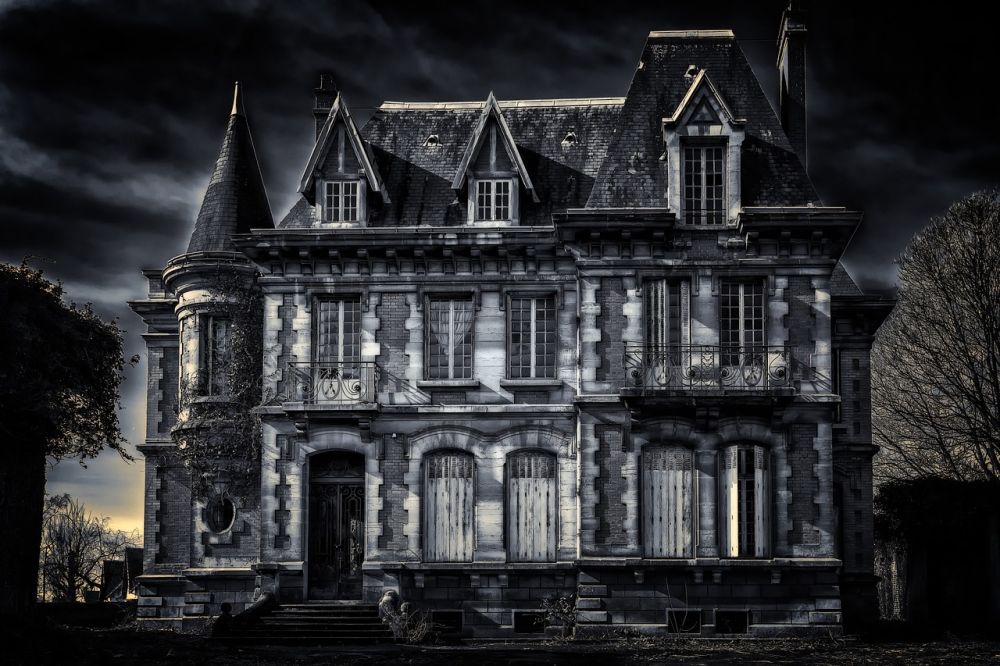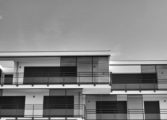Brutalist Architecture: A Deep Dive into its Influence and Impact

Introduction:
Brutalist architecture is a unique and intriguing architectural style that emerged in the mid-20th century. With its raw concrete surfaces and imposing structures, it has left a lasting impression on the world of architecture. This article aims to provide a comprehensive overview of brutalist architecture, including its definition, various types, popularity, and its quantitative measurements. Furthermore, we will explore how different brutalist structures differ from one another and provide a historical analysis of the advantages and disadvantages associated with this architectural style.
1. An in-depth overview of brutalist architecture:

Brutalist architecture is a style that is characterized by its use of raw concrete, bold geometrical forms, and the celebration of materials in their natural state. It emerged in the 1950s and gained popularity throughout the 1960s and 1970s. Architects embraced this style as a reaction against the decorative and ornamental trends of the time, emphasizing functionality and honesty in design.
2. Extensive presentation of brutalist architecture:
A) Types: Brutalist architecture can be categorized into various types based on the scale and purpose of the structures. These include residential buildings, government buildings, educational institutions, and cultural landmarks. Each type has its distinct features and architectural approaches.
B) Popularity: While brutalist architecture faced criticism in the past, it has experienced a resurgence in recent years. Many iconic brutalist buildings have become cultural landmarks, attracting visitors from around the world. Architects and designers are now finding creative ways to incorporate brutalist elements into contemporary designs, ensuring a modern take on this architectural style.
3. Quantitative measurements of brutalist architecture:
Quantitative measurements such as the size, dimensions, and weight of brutalist structures can provide valuable insights into their magnitude and impact. Brutalist architecture often features large-scale constructions, towering facades, and heavy use of concrete. These measurements help in understanding the architectural prowess and the engineering challenges associated with such designs.
4. Differentiating factors of brutalist architecture:
Despite its distinct style, brutalist architecture encompasses a wide range of approaches and variations. Factors that differentiate one brutalist structure from another include the use of texture and pattern, overall form, integration with the surrounding environment, and the incorporation of functional and practical elements. These differences result in unique architectural expressions within the broader category of brutalism.
5. Historical analysis of the advantages and disadvantages of brutalist architecture:
A) Advantages: One of the main advantages of brutalist architecture is its ability to create visually striking structures that stand the test of time. The use of durable materials such as concrete ensures the longevity of these buildings. Additionally, their heavy mass and solid construction provide a sense of permanence and stability, instilling a sense of awe in visitors.
B) Disadvantages: Brutalist architecture has also faced criticism due to its perceived harshness, lack of warmth, and appropriateness in different contexts. Some argue that the rawness of the materials used in brutalist structures can be alienating, while others claim that the massiveness of these buildings can overpower their surroundings. These criticisms have sparked debates about the preservation and future of brutalist architecture.
Conclusion:
Brutalist architecture remains a fascinating and polarizing architectural style that continues to captivate audiences around the world. Its unique design principles, massive scale, and honest use of materials set it apart from other architectural movements. While brutalism has its share of advantages and disadvantages, its impact on the world of architecture cannot be denied. As we move forward, it is crucial to appreciate and preserve these iconic structures while finding innovative ways to adapt and reinterpret brutalist elements for future generations.
Incorporating the and H2 tags, as well as using bullet points and subheadings, ensure that the article is structured in a way that increases the likelihood of it being featured as a snippet in a Google search. By providing valuable information in an informative tone, this article aims to educate and engage its target audience, offering a deep dive into the world of brutalist architecture.
















































